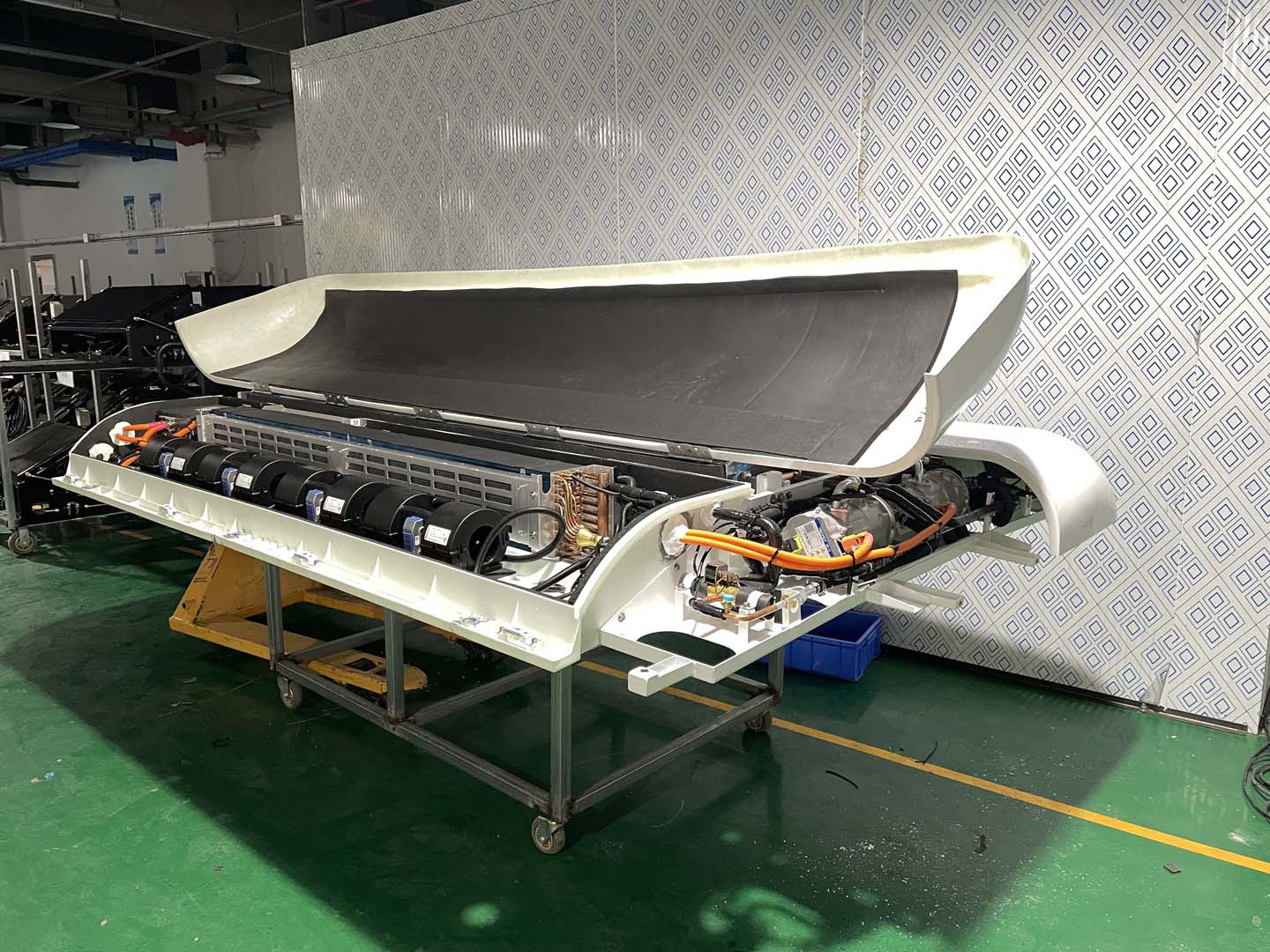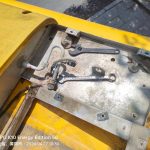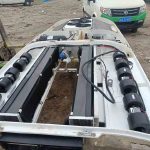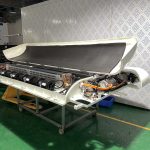Coaches HVAC directly impacts passenger comfort and health safety. However, due to the complex operating environment and high usage frequency of vehicles, air conditioning systems often experience reduced cooling efficiency or even complete failure due to various problems. This article systematically reviews common issues and solutions for bus air conditioning maintenance, combining professional experience and practical skills to provide scientific guidance for maintenance personnel.

After starting the bus, wait approximately 8-15 minutes until the coolant temperature reaches the normal operating temperature (the middle mark). Then, turn on the heater. Next, adjust the AC For Buses recirculation mode to internal recirculation.
Next, switch to heating mode. Note that some buses use a red area, while others use a sun icon. Finally, turn on the AC switch. Adjust the air conditioning setting to a suitable level.
It’s important to note that when the bus’s heating system is not working properly, there are two possible reasons: one is a problem with the engine cooling system, and the other is a malfunction in the heating control mechanism.
This is especially relevant for buses that have been parked overnight. The air inside the closed system is often stale, and you can imagine the consequences of running the air conditioning with recirculation mode on such a long period. The best approach is to open the windows first, then turn on the external air circulation to expel the exhaust fumes, and then close the windows and turn on the air conditioning. Similarly, for cars that have been exposed to the sun for a long time, open the windows and turn on the external air circulation to expel the hot air, then close the windows and turn on the external air circulation again.
Coaches HVAC A/C switch.
The A/C switch is the compressor switch for the Bus Aircon. Only when this switch is turned on will the air conditioning system cool; otherwise, it will only blow air. When this switch is turned on, it will activate a series of cooling devices. These devices produce moisture while cooling the air, which, combined with the engine environment, can cause the air conditioning system to produce an odor. Therefore, we should turn off the A/C a few minutes before reaching our destination, leaving a small fan speed on to allow natural airflow to dry the ducts and prevent odors.
Many people have questions about cleaning car air conditioning systems: Why clean it? What happens if you don’t? Actually, during operation, 80% of the fine dust and bacteria in the air pass through the filter and enter the air conditioning system. They then combine with condensation and clog the evaporator, affecting the air conditioning’s cooling and heat dissipation. The humid environment and dust on the surfaces of the evaporator and ventilation ducts provide a breeding ground for mold and fungi, producing a rotten odor. This odor, when the air conditioning is on, pollutes the entire car interior and can be inhaled, leading to “car air conditioning sickness.” Therefore, cleaning the car air conditioning system is essential.
How Coaches HVAC Works
The compressor pressurizes low-pressure gaseous refrigerant into high-pressure gaseous refrigerant. This is then cooled by the condenser into medium-temperature, high-pressure liquid refrigerant. After passing through a receiver-drier to filter moisture and impurities, it is further reduced to a clean liquid refrigerant. This liquid then flows to the expansion valve, where it is atomized into fine droplets and sprayed onto the evaporator. The blower then blows the cool air from the evaporator into the car.
How the Car Air Conditioning Heating System Works: The heating system is built on top of the cooling system with a heater core. During air circulation, the air from the blower passes through the heater core, raising its temperature. This warm air entering the car interior increases the overall temperature.
In addition, car air conditioning also has an air purification function. The air purification function uses an air filter and an electrostatic dust removal device to filter out dust, pollen, abrasive particles, bacteria, soot, ozone and other pollutants from the air, thereby ensuring that clean air enters the car.





